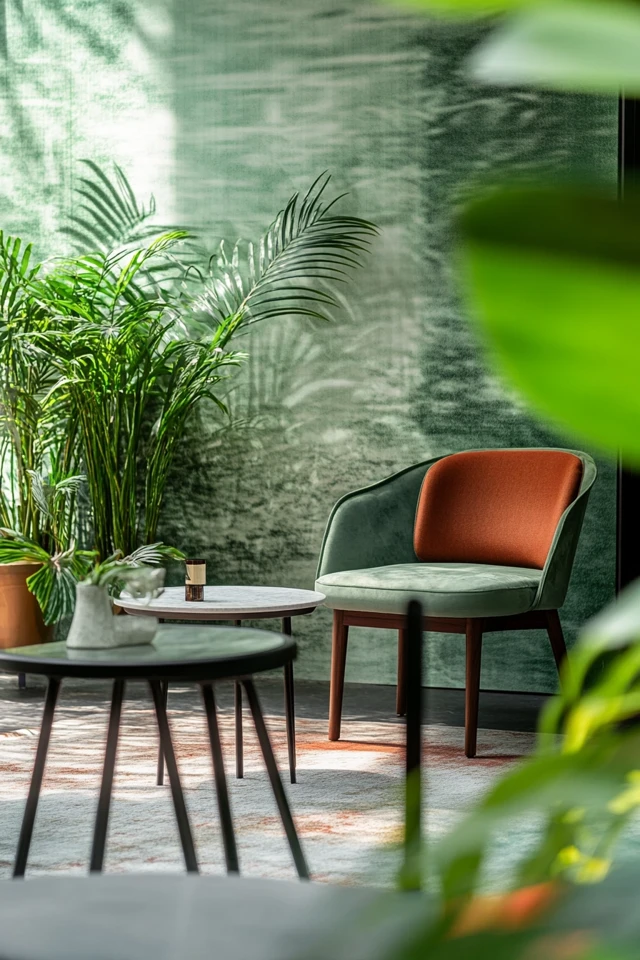When it comes to designing a room, achieving the perfect balance between style and functionality can feel like a daunting challenge. I’ll admit, I used to struggle with this myself. Early in my career, I designed a stunning guest room with elegant furniture and soft lighting, but I overlooked one key factor: practicality. The client loved the look but found it impractical to use. That experience taught me an invaluable lesson—beauty and function must go hand in hand for a space to truly work.
Over the years, I’ve honed my approach to creating rooms that are not only visually stunning but also tailored to the practical needs of their users. A stylish aesthetic room doesn’t have to sacrifice comfort, storage, or usability. With thoughtful planning and the right design principles, you can create a space that seamlessly combines both.
In this guide, I’ll walk you through step-by-step strategies for designing a functional yet stylish aesthetic room. From layout planning to storage solutions, this guide has all the tips and tricks you need to create a room that works as well as it looks.
1. Start with a Purpose: Define the Function of the Room
Why It Matters
Before you dive into decor and furniture, it’s crucial to determine the primary function of your room. Will it be a cozy retreat, a home office, or a multi-purpose space? Understanding its purpose ensures every design decision aligns with its use.
Questions to Consider:
- How do you want the room to feel (e.g., relaxing, energizing, or inspiring)?
- What daily activities will happen in this space?
- What’s missing from the room right now in terms of functionality?
For example, I once designed a compact living room for a client who also needed it to function as a home office. By clearly defining both purposes upfront, we were able to integrate a sleek desk that doubled as a console table, achieving both style and utility.
2. Maximize Layout and Flow
Smart Layouts for Functionality
A well-planned layout is the foundation of a functional and stylish room. Thoughtful furniture placement ensures ease of movement and maximizes usable space.
Tips for an Efficient Layout
- Zoning: Divide your space into zones based on function. For example, a seating area, a workspace, or a reading nook.
- Traffic Flow: Leave at least 3 feet of space for pathways around furniture. Avoid overcrowding the room.
- Anchor with Rugs: Use rugs to visually define separate areas in multi-purpose spaces.
In one small studio apartment, we used a large area rug to separate the sleeping area from the living space, making the room feel cohesive yet functional.
3. Choose Furniture That Does Double Duty
The Power of Multi-Functional Furniture
Incorporating furniture that serves multiple purposes is a game-changer, especially in smaller rooms.
Examples of Multi-Functional Pieces
- Storage Ottomans: Use them as seating, a coffee table, or hidden storage.
- Daybeds: Perfect for small rooms, they function as both a sofa and a guest bed.
- Foldable Desks or Tables: Great for creating temporary workspaces.
- Built-In Storage: Opt for beds or sofas with built-in drawers to keep the space clutter-free.
For a client’s tiny guest room, we chose a daybed with storage drawers underneath. It provided a comfortable sleeping option without compromising on style or practicality.
4. Prioritize Stylish Storage Solutions
Declutter Without Sacrificing Aesthetics
Clutter can quickly ruin the look of an otherwise beautiful room. Stylish storage solutions are key to keeping your space organized and visually appealing.
Storage Tips That Look Good
- Floating Shelves: Use them to display books, plants, or decorative items without taking up floor space.
- Woven Baskets: Perfect for storing blankets, toys, or miscellaneous items.
- Built-In Cabinets: Seamlessly blend storage with your room’s design.
- Storage Furniture: Look for nightstands, coffee tables, or benches with hidden compartments.
In my own living room, I use matching wicker baskets to store magazines and throws. Not only are they functional, but they also add a warm, textured element to the space.
5. Choose an Aesthetic That Enhances Functionality
Style Meets Purpose
Your room’s aesthetic should complement its function. For instance, minimalist designs work well for calming bedrooms, while bold colors and patterns are great for creative workspaces.
Tailored Aesthetic Ideas
- Modern Minimalism: Clean lines and neutral tones keep the room feeling open and functional.
- Scandinavian: Adds warmth with natural textures and light, airy colors.
- Bohemian: Perfect for creating cozy, layered spaces with lots of character.
- Industrial: Ideal for edgy, utilitarian spaces with raw materials and strong lines.
For a home office, I once paired a Scandinavian aesthetic with natural wood furniture and white walls. It kept the space functional yet visually inspiring.
6. Add Thoughtful Lighting Layers
Lighting as a Functional Element
Lighting is crucial for both functionality and style. The right lighting enhances your room’s usability while creating a cozy, inviting ambiance.
Tips for Layering Lighting
- Ambient Lighting: Use ceiling fixtures or recessed lights for general illumination.
- Task Lighting: Add desk lamps, floor lamps, or under-cabinet lights for specific activities.
- Accent Lighting: Highlight decor or architectural features with LED strips or wall sconces.
In a recent project, I used a mix of pendant lights and table lamps in a living room. The layered lighting allowed the client to easily switch between cozy evenings and brighter settings for entertaining.
7. Incorporate Personal Touches
Make the Room Yours
A room is most functional when it reflects your personality and supports your lifestyle. Incorporating personal elements makes the space feel authentic and welcoming.
Personalization Ideas
- Artwork: Display pieces that inspire or calm you.
- Photographs: Use gallery walls or decorative frames to showcase memories.
- Plants: Add life to your room with greenery, which also improves air quality.
- Textures and Textiles: Use throws, rugs, and pillows in your favorite colors and patterns.
I once styled a bedroom with a client’s collection of vintage postcards, arranging them in simple wooden frames above the bed. The display added character and a personal story to the space.
8. Focus on Comfort
Functionality Meets Coziness
Comfort is essential in any functional room. Incorporate cozy elements without compromising on style.
How to Add Comfort
- Seating: Invest in ergonomic chairs or plush sofas that encourage relaxation.
- Soft Textiles: Use rugs, cushions, and curtains to add softness and warmth.
- Temperature Control: Include a fan, heater, or blackout curtains for a comfortable environment year-round.
In a family room, I layered a chunky knit throw over a sectional and added oversized floor cushions. It created a space that was both practical for lounging and stylish enough for guests.
9. Don’t Forget the Details
Small Touches, Big Impact
The finishing touches bring your design together and elevate your room from functional to fabulous.
Detail Ideas
- Hardware: Swap out basic knobs or handles for stylish ones in brass or ceramic.
- Mirrors: Use mirrors to reflect light and make the space feel bigger.
- Decorative Trays: Organize small items like remotes, candles, or jewelry on chic trays.
In a modern bedroom, we added a geometric brass mirror and swapped out the dresser handles for sleek black ones. These small details made the room feel polished and cohesive.
Picture Gallery
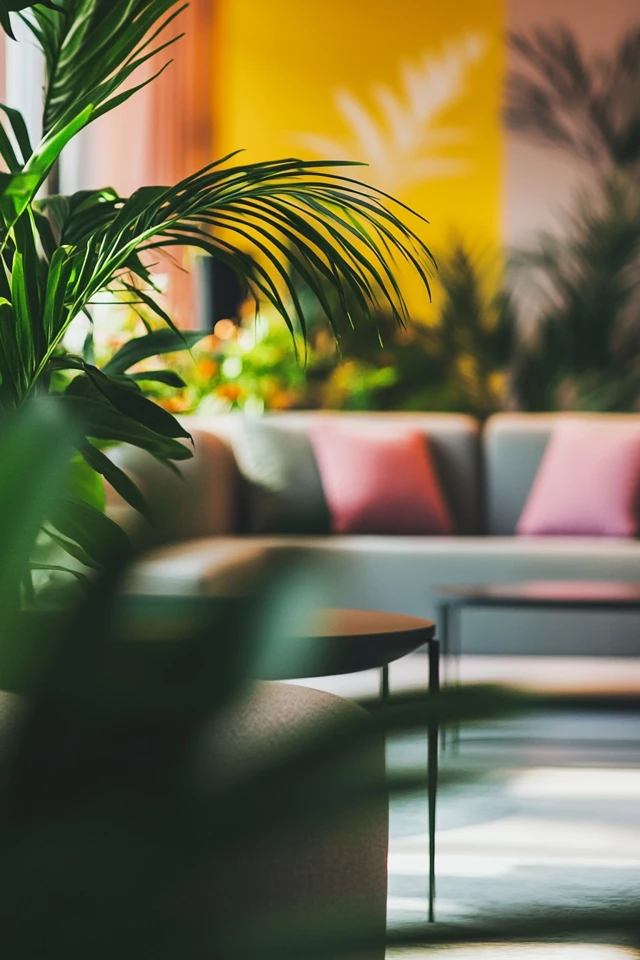
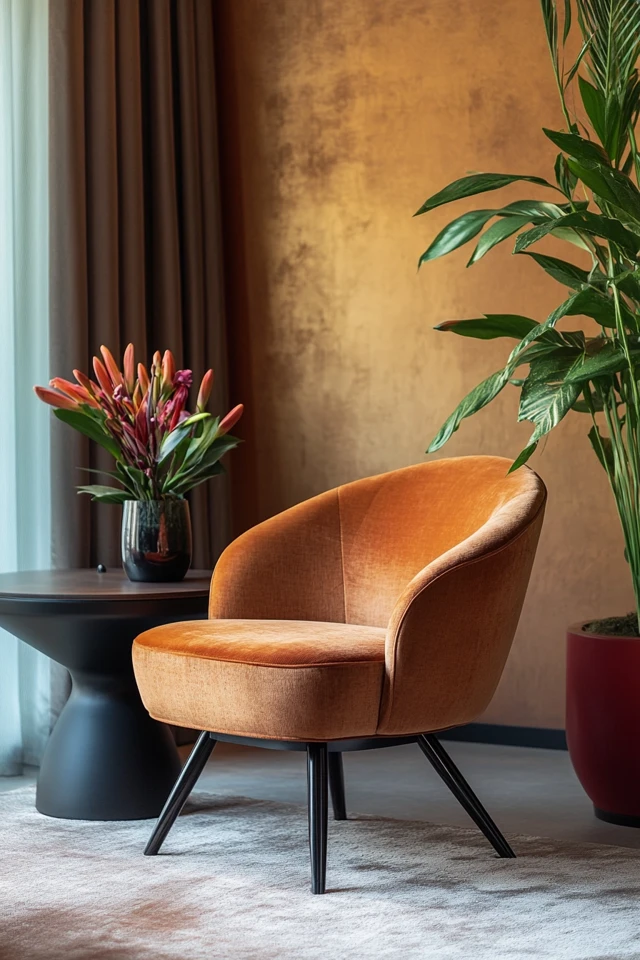


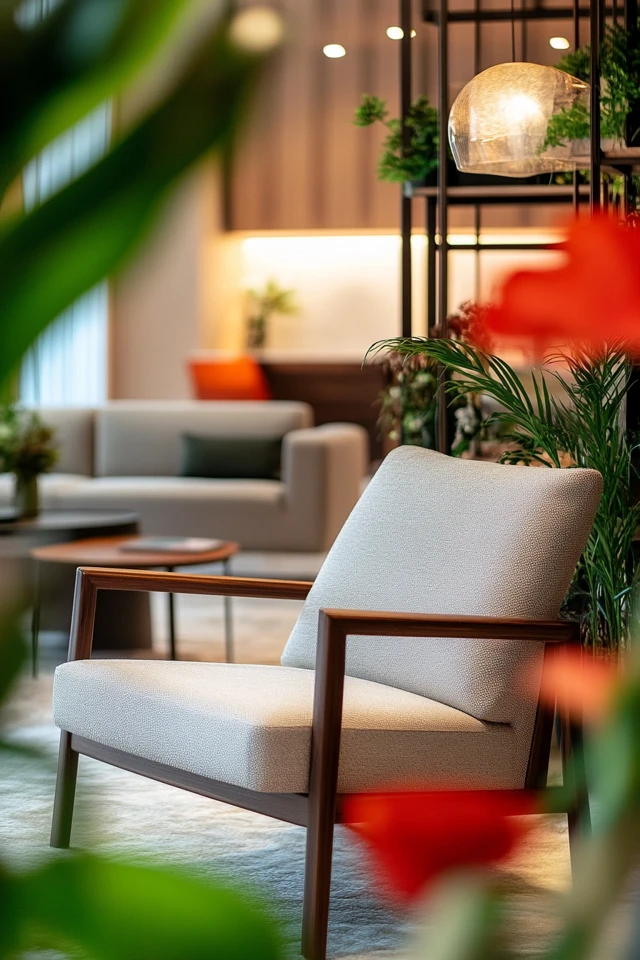
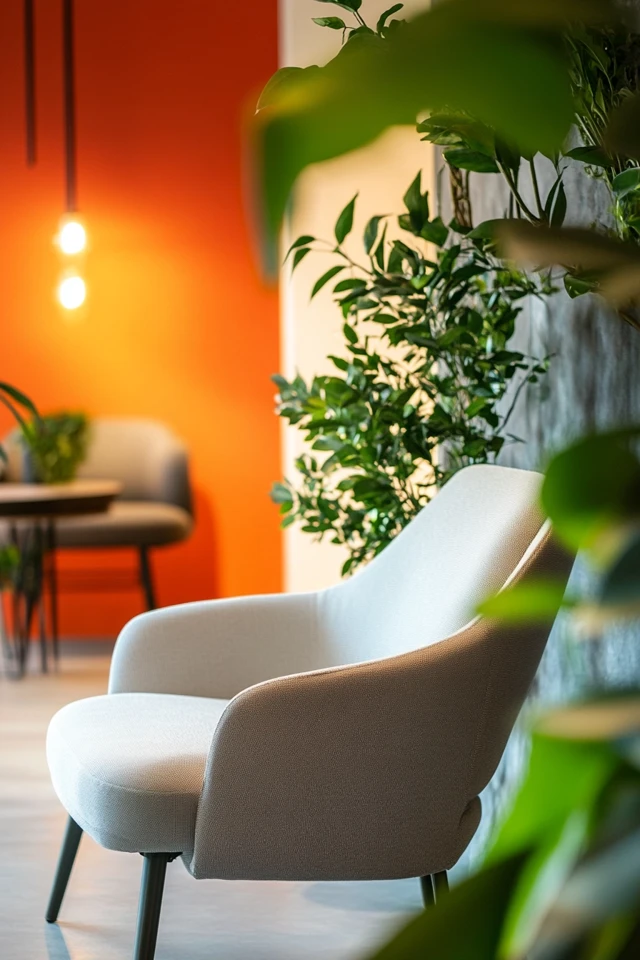
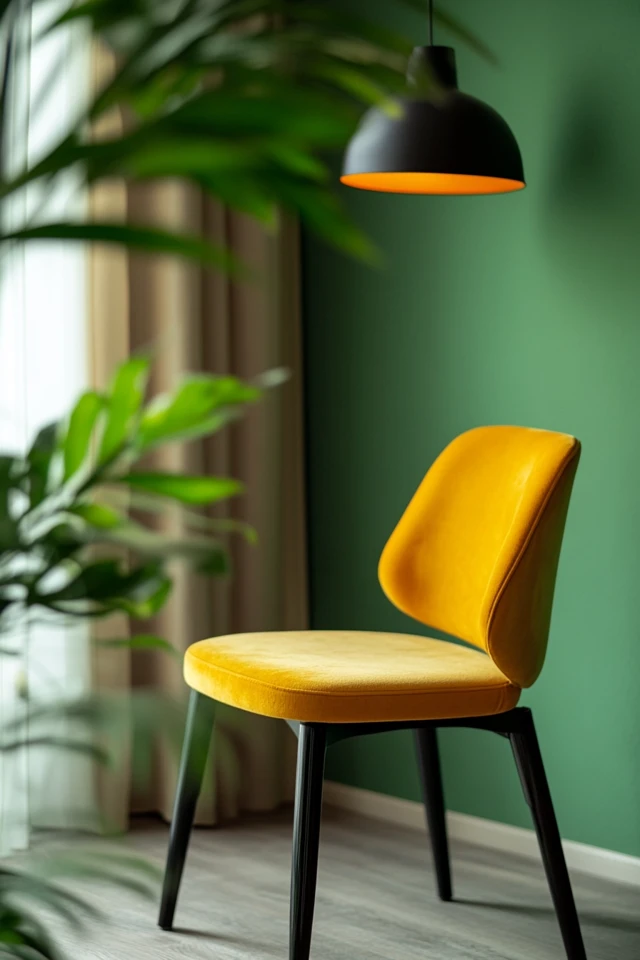
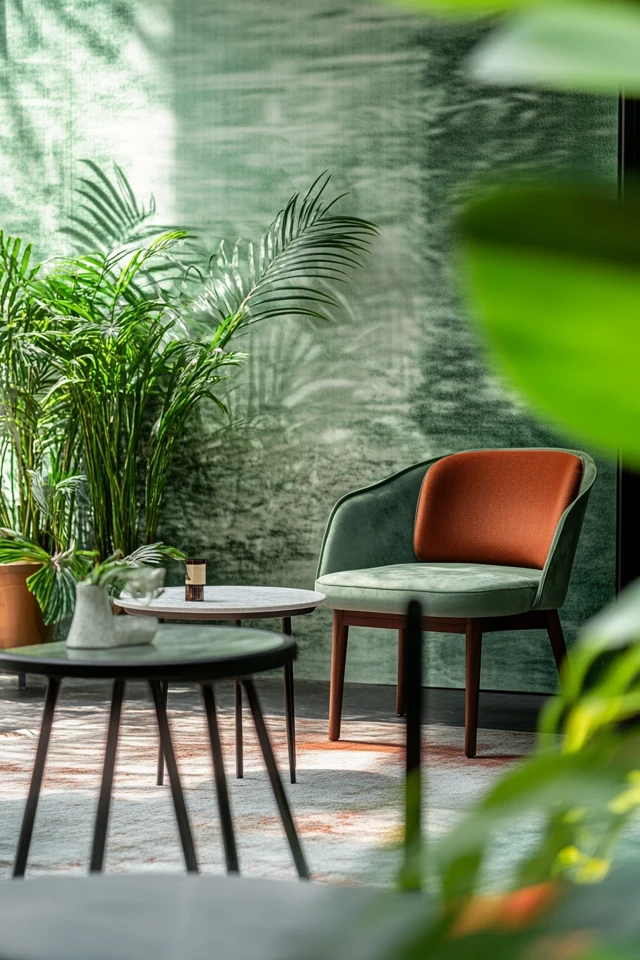
Conclusion
Creating a functional yet stylish aesthetic room is all about balance. By combining thoughtful layout planning, multi-functional furniture, and personalized decor, you can design a space that looks stunning and works effortlessly.
Reflecting on my own design journey, I’ve learned that function and style are two sides of the same coin. A beautiful room is one that serves your needs while making you feel at home. Whether you’re working with a large space or a tiny corner, these strategies will help you create a room that’s both practical and visually inspiring.
So, start with purpose, layer in style, and let your personality shine. With the right approach, your dream room is closer than you think!
FAQ
How do I make a small room functional and stylish?
Use multi-functional furniture, declutter regularly, and stick to a cohesive aesthetic to avoid visual chaos.
What’s the best way to add storage without sacrificing style?
Opt for furniture with hidden storage, like ottomans, beds with drawers, or cabinets with clean lines that match your decor.
How can I create a stylish workspace in a bedroom?
Choose a compact desk, use a comfortable yet sleek chair, and define the workspace with a small rug or lamp.
What’s the key to a well-lit aesthetic room?
Layer ambient, task, and accent lighting to create a functional and cozy atmosphere.
Can I create a functional room on a budget?
Absolutely! Focus on thrifted or multi-functional furniture, DIY decor projects, and inexpensive storage solutions like baskets or floating shelves.

